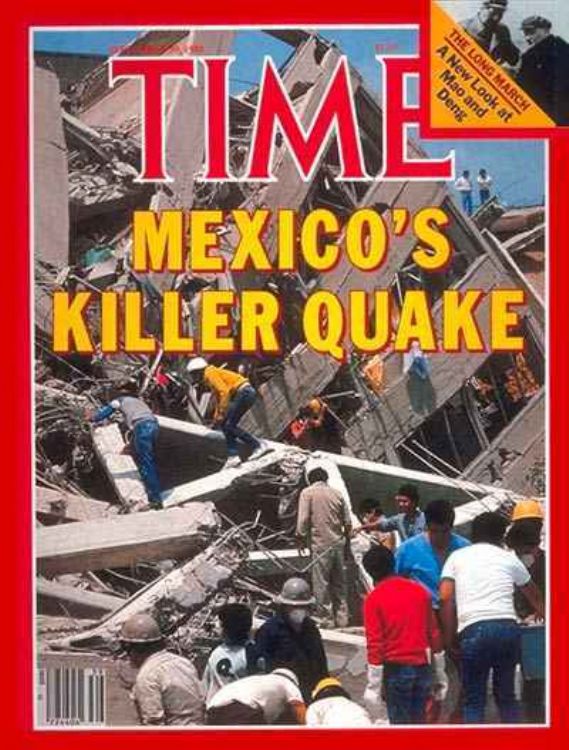
Earthquakes in Mexico, The Worst Earthquakes
The earthquake of Veracruz of 1973, also known as the Ori...

Culiacan, the first villa of northeast Mexico, capital of the state Sinaloa, located at the skirts of the Occidental Sierra Madre where the Humaya and Tamazula Rivers give origin to the river with the same name.
The prehispanic Culiacán was developed in the cultural area Mesoamerican margin. It is known by this name due to the different indigenous populations that were not able to reach cultural and economical development similar to the surrounding areas. Although there are some discrepancies among historians about the origin of its name, it is believed that in the Nahuatl language Culiacan, or Col-hua-can or Cul-hua-can means ¨place of those who worship the Coltzin god¨. In this period, the territory was given origin when Huey-Cualhuacan was founded in a place that was an obligatory pass for the Nahoas that were headed for the Valley of Mexico.
In the colonial period, Spanish conquistador Nuño Beltran, founded the Villa de San Miguel on the side of the San Lorenzo River (near Tabala) on September 29, 1531. However, due to the constant attacks of the naturals in the area, they had to move to different places (several times), ending up in the uniting area of the Humala and Tamazula Rivers, now called Culiacan Rosales. Unfortunately, after the conquering there was an extermination of Tahues natives, due to the excessive exploitation by the conquistadors and to the diseases brought by Europeans. Such extermination generated a lack of laborers, and so the villa was not able to develop the richness that use to characterize the Spanish cities of those times. This was the last civilized place in the area, and during the XVI century, this villa became the center of operations for the conquest, evangelizing, and colonization of the northeast of New Spain.
In the following years, the location of the city and its growing population, gave origin to the development of diverse economic activities such as farming, agriculture, commerce, among others; together they forged the growth of this city and on October 6, 1821, after changing its name to Villa de Culiacan, its independence is sworn. On July 21, 1823 it was give the category of city, being separated by the Decree of Congress from the provinces of Sinaloa and Sonora. One year later said provinces reunited and finally separated in 1830, when the city of Culiacan was declared capital of the independent state of Sinaloa. Although in the time of Placido Vega, the capital of the state was moved to Mazatlan, in 1873 Culiacan is given the final title as capital.
Within the period of modern Mexico, this city had important acts that marked its independent history such as the promulgation of the first constitution of Sinaloa in 1831, the publication of the first newspaper one year later, a strong Cholera epidemic in 1833, the beginning of the construction of its cathedral in 1842, and the creation of the House of Coins in 1846, among others. It is worth mentioning that Culiacan was the only city that did not fall in foreign hands during the French invasion, thanks to the hero Antonio Rosales, the reason for the official name of the city being Culiacan Rosales.
In the modern period, about 1878, Culiacan had 3 city halls, one in Culiacan, one in Badiraguato, and another in Quila. It was constituted as a county through the decree published on April 8, 1915.
Today this county has over 4,700 km2 (8% of the state) occupying third place as the most extensive in the country. This territory is inhabited by a little over 793,000 persons (according to the Census of 2005) and the under 15 year youth predominates. Its economically active population is occupied mainly in the sectors of service, agriculture and farming, fishing and industrial. It is estimated that three inhabitants depend on one inhabitant that does some kind of productive activity.
Culiacan is not only the capital of the state of Sinaloa, but it is also the most economically competitive county in the state due to its productive infrastructure and offer of services. This gives it more than 30% of the total state industry. Unfortunately, this city is also internationally known for its narcotic trafficking, although its authorities fight constantly to diminish this dangerous activity
Sources:
Ayuntamiento de Culiacán en http://www.culiacan.gob.mx

The earthquake of Veracruz of 1973, also known as the Ori...
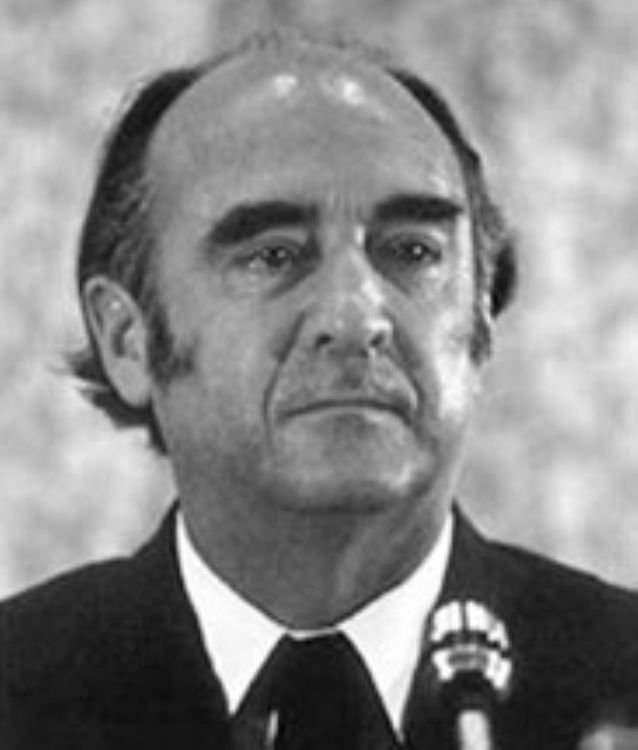
During his last state of the union address, José L...
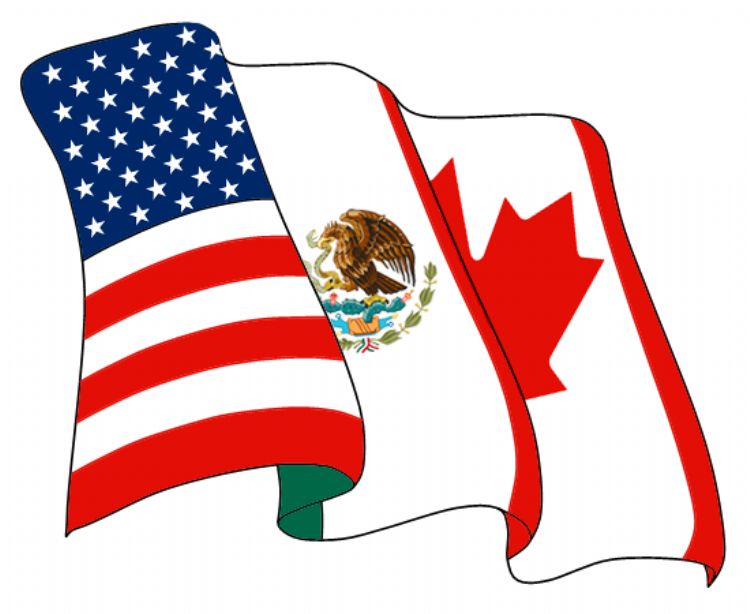
Free Trade Agreement Mexico - European Union
Read more
.jpg)
Mexico offers mountain climbers tempting peaks to explore...
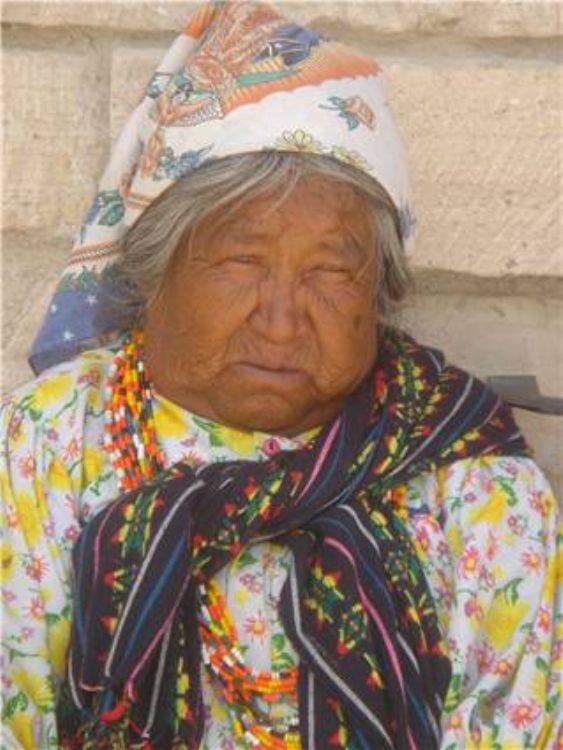
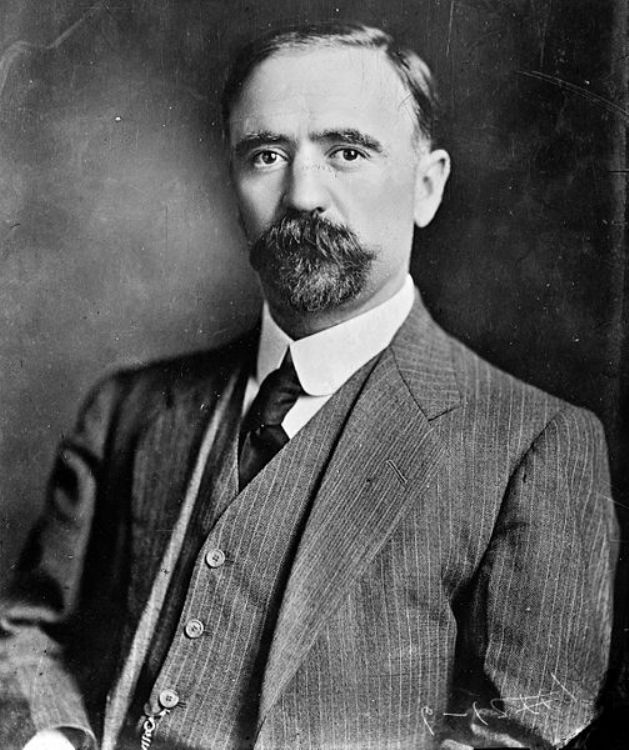
He was born on the 30th of October 1873 at Hacienda el Ro...
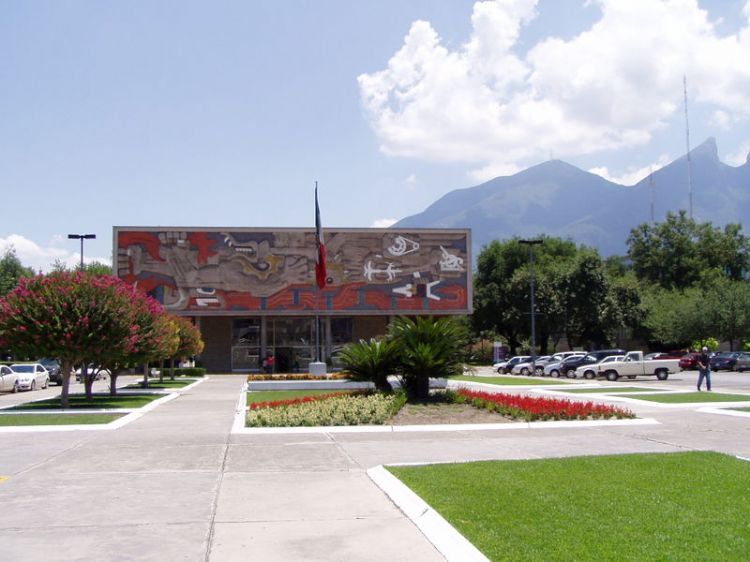
The education supply in Mexico is vast, however, categori...
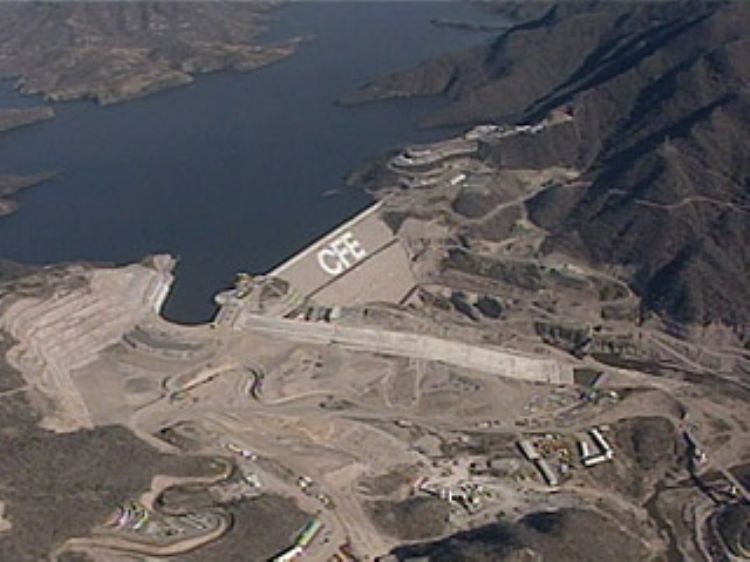
Until 2013, Article 27 of the Constitution gave exclusive...
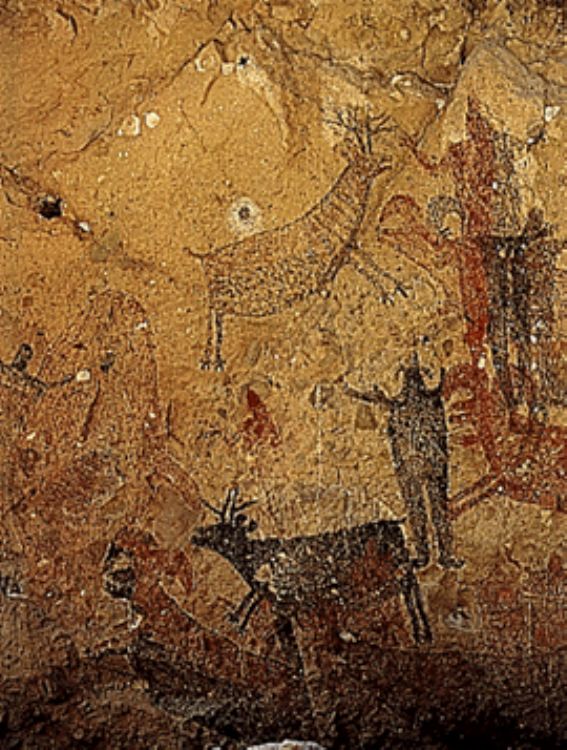
It is a combination of natural formations and those contr...